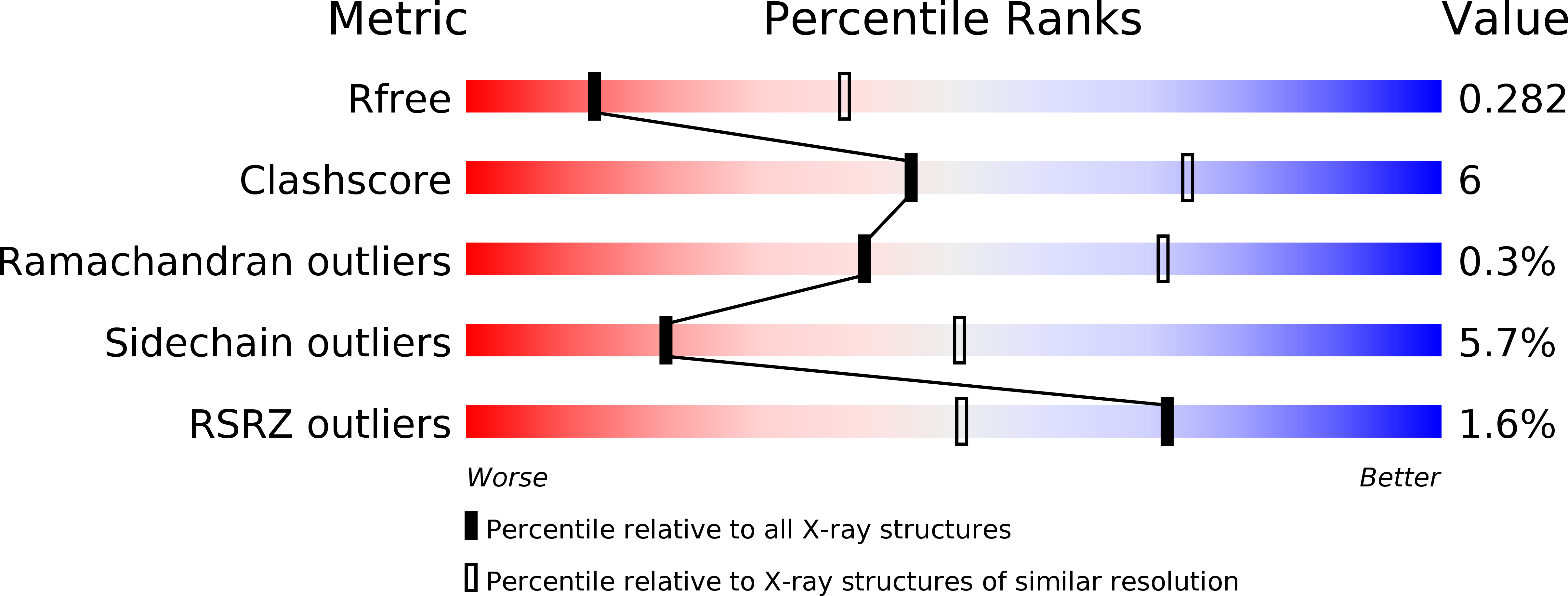
Deposition Date
2013-05-29
Release Date
2014-08-13
Last Version Date
2024-11-27
Entry Detail
PDB ID:
4KYI
Keywords:
Title:
Crystal structure of the phospholipase VipD from Legionella pneumophila in complex with the human GTPase Rab5
Biological Source:
Source Organism:
Legionella pneumophila subsp. pneumophila (Taxon ID: 272624)
Homo sapiens (Taxon ID: 9606)
Homo sapiens (Taxon ID: 9606)
Host Organism:
Method Details:
Experimental Method:
Resolution:
3.08 Å
R-Value Free:
0.28
R-Value Work:
0.23
R-Value Observed:
0.23
Space Group:
P 1


